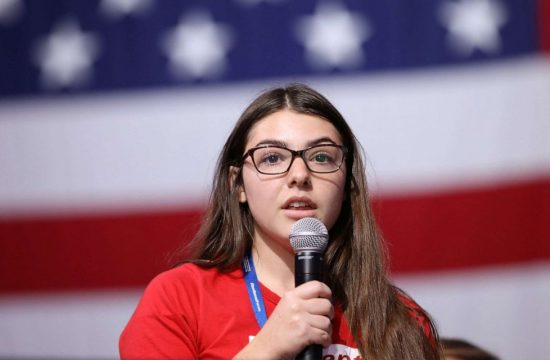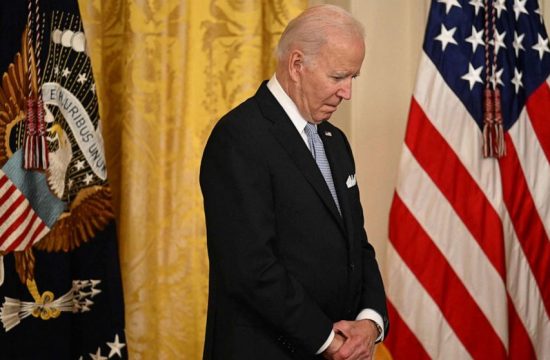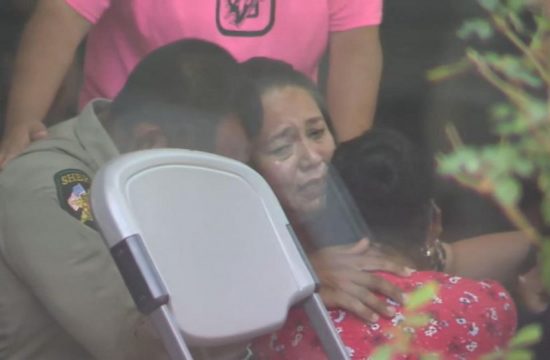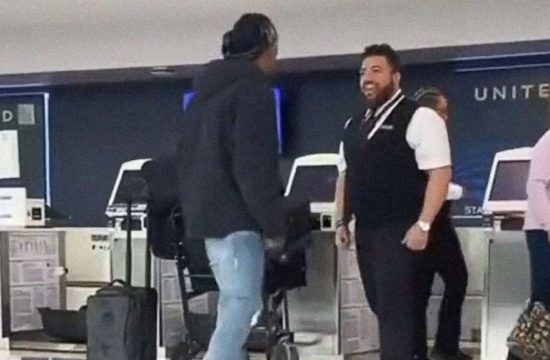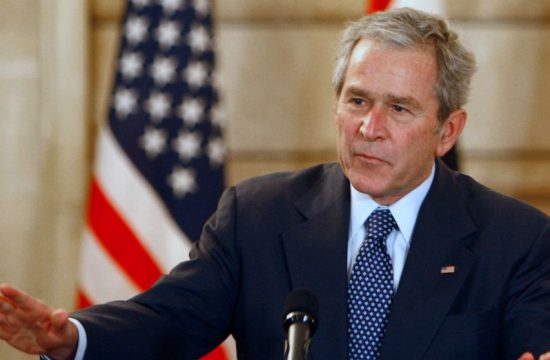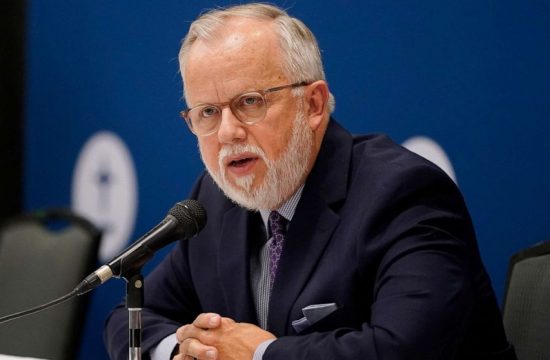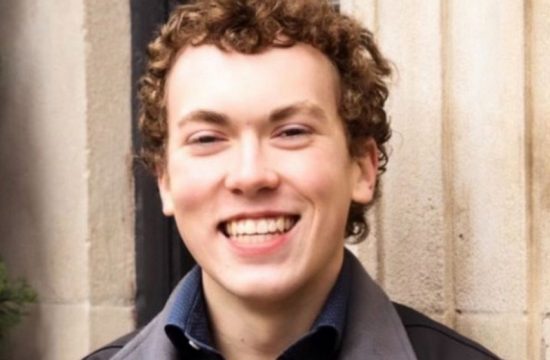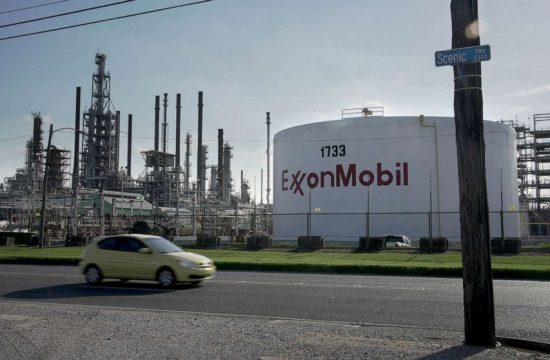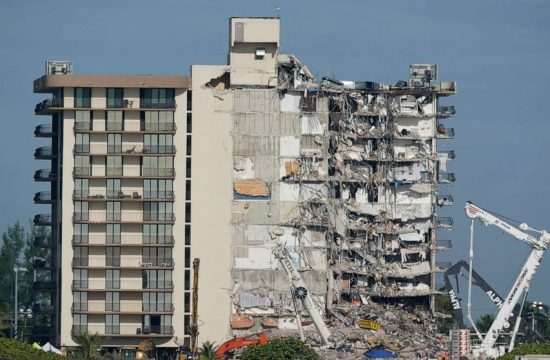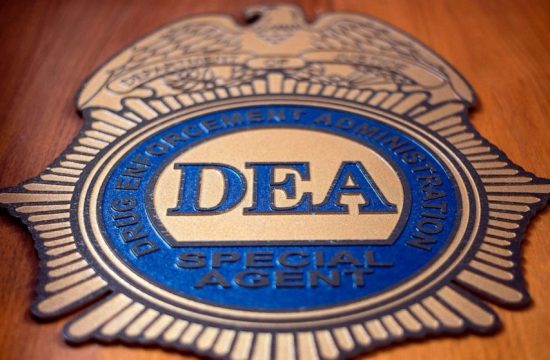Puerto Rico is the most vaccinated place in America, according to data from the U.S. Centers for Disease Control and Prevention. More than 73% of its 3.3 million citizens are fully vaccinated, beating several states like Vermont and Connecticut with high vaccination rates.
The island also has the highest rate of total vaccine doses administered: 154,563 doses per 100,000 people.
Puerto Rico has outpaced several states in the race to the top vaccinated spot in the U.S. despite the odds stacked against it. Not only is it home to a larger population than 21 U.S. states, but it’s also been battered by COVID-19, poverty, climate change and an ongoing financial crisis.
“It’s impossible to talk about the pandemic without the context in which Puerto Rico encountered and faced the pandemic,” Daniel Colón-Ramos, a Yale medical school professor and the president of Puerto Rico’s Scientific Coalition, told ABC News.
“Vaccinations are an individual decision, but it’s an individual decision that has an impact on the collective health and I think this is something that Puerto Rico understood well after Hurricane Maria — how we’re so codependent,” Colón-Ramos said.
Hurricane María uncovered Puerto Rico’s fragile infrastructure that has yet to recover. According to the U.S. Census Bureau, the island has a poverty rate of 43.5%, with some municipalities struggling with little to no operational clinics or hospitals for long periods of time. Residents have also been struggling with ongoing power outages triggered by the unstable electric grid.
COVID-19 only exacerbated the weight of these pre-existing structural issues on the territory, Colón-Ramos said.
COVID-19’s toll on Puerto Rico
The island was hit hard by the pandemic. Puerto Rico reported at least 151,432 COVID-19 cases and over 3,200 deaths linked to the virus, according to Puerto Rico’s Health Department. Amid the threat of the coronavirus, the island was the first place in the U.S. to implement the strictest COVID-19 restrictions, including a curfew that lasted over a year.
“Together, we have achieved good results through vaccination efforts and measures that were implemented,” Governor of Puerto Rico Pedro Pierluisi said in a press release written in Spanish. “Although we are doing very well, we still cannot let our guard down and we have to continue to protect ourselves.”
Until recently, the local government prohibited certain businesses from operating between midnight and 5 a.m. and banned alcohol sales after midnight. Some requirements, like indoor mask and vaccine mandates, remain.
Now, Puerto Rico is on a steady decline in COVID-19 cases and deaths, with a positive test rate of 2.43%, according to Johns Hopkins University.
Dr. Marieli González-Cotto, a molecular biologist and educator, urges the community to remain cautious and vigilant about their health and safety, even as the virus slows its course.
“People should understand that we still need to take care of ourselves, take care of our communities and really take this one step at a time because [we could regress] and start all over again,” González-Cotto told ABC News.
The method behind Puerto Rico’s successful vaccine rollout
“It was an all-hands on deck type of plan,” Colón-Ramos told ABC News.
The effort to get Puerto Ricans vaccinated included local officials, community leaders, health care providers, Public Health Department officials and scientific experts, according to Colón-Ramos.
TV ads, social media posts and radio commercials were rolled out to educate residents across the island and combat misinformation before it had a chance to spread.
“The information channels were flooded with the right kind of information,” Colón-Ramos said. “The scientific and the health care community got very engaged and proactive in educating people in collaboration with journalists, civic leaders, and public leaders.
“Communities had conversations with the population about concepts from flattening the curve to herd immunity,” he added.
A study by Direct Relief, Facebook Data for Good and the vaccination advocacy organization “Voces Coalición de Inmunización y Promoción de la Salud en Puerto Rico” found that influencers and celebrities were also powerful voices in the effort to educate people on the importance of vaccines.
The research showed that thousands of consumers were more accepting or knowledgeable about vaccines after viewing digital ads and messaging.
“At the very beginning, it was very hard for the people to grasp because it was an ‘info-demic’ — there was too much information out there,” González-Cotto said. “What we focused on was not only putting out the information but also putting it in a way that would be easy for people to understand.”
All educational efforts from public and private sectors towards individuals had a significant impact on Puerto Ricans’ response to the vaccine rollout. Public health policies, like lockdowns, curfews and mandates, helped solidify messaging and protocol across the island, according to Colón-Ramos.
According to Discover Puerto Rico, the official tourism site of the island, private and public organized events or gatherings must require proof of vaccination to operate at 100% capacity. If businesses opt to allow a negative COVID-19 test instead of a vaccination check, they can only operate at 50% capacity.
“Unlike other places in the world where mask mandates were criticized on political, partisan line vaccinations were criticized along political partisan lines — here in Puerto Rico, there wasn’t a partisan political line that differentiated recommendations,” Colón-Ramos said.
González-Cotto agrees, adding: “for the most part, the response was nonpolitical. [Officials] were not fighting about ideologies … Every political party, every leader really was pro-vaccine, and was understanding of science since the beginning of the pandemic.”
Vaccination efforts
Vaccination sites organized by Puerto Rico’s health department under the name “VacuTour” have been available across the island in the last months. Events were held on multiple occasions with the purpose of increasing the vaccination rate, officials said.
Puerto Rico vaccinated about 10,000 residents eligible to receive the COVID-19 vaccine on March 31, according to Puerto Rico’s government.
The tour across the island remains. As part of the efforts of getting more people vaccinated the health department has also been incentivizing people to take the COVID-19 vaccine through rewards. The government has conducted money raffles for those who receive the vaccine.
Despite the success of the vaccination efforts so far, Colón-Ramos said there are still a lot more people to be reached, and a lot more work to be done in order to even out the rates of vaccination on a city-to-city basis.
“The average in Puerto Rico is very high, but there are certain communities where the rates are lower,” he said. “The efforts right now have been to understand what are the disparities that are leading to those differences.”


